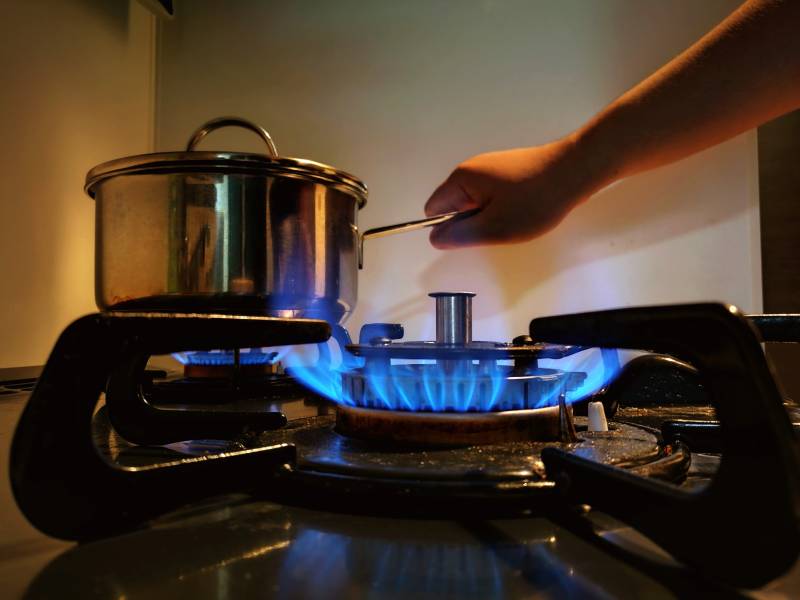Gas prices have spiked in California.
That may sound like old news after months of high prices at the pump, but this time another kind of gas is running up the tab: natural gas, which fuels stoves and heats water and homes.
Average bills for PG&E residential customers in Northern California shot up to an estimated $195 in January, compared to $151 the year before; Southern California Gas customers got hit with $300 on average, compared to $123 last year, according to data that Jean Spencer, supervisor of the energy division of the California Public Utilities Commission (CPUC), shared at a recent hearing. Meanwhile, across the country, wholesale natural gas prices have fallen an average of 50% since October, according to reporting in Bloomberg.
So what gives?
At a CPUC hearing Tuesday, a host of state energy-related agencies and industry representatives looked into that exact question and discussed strategies to mitigate high prices. While the CPUC can’t directly set prices, attendees weighed different long-term options that could keep the cost of gas down for consumers.
